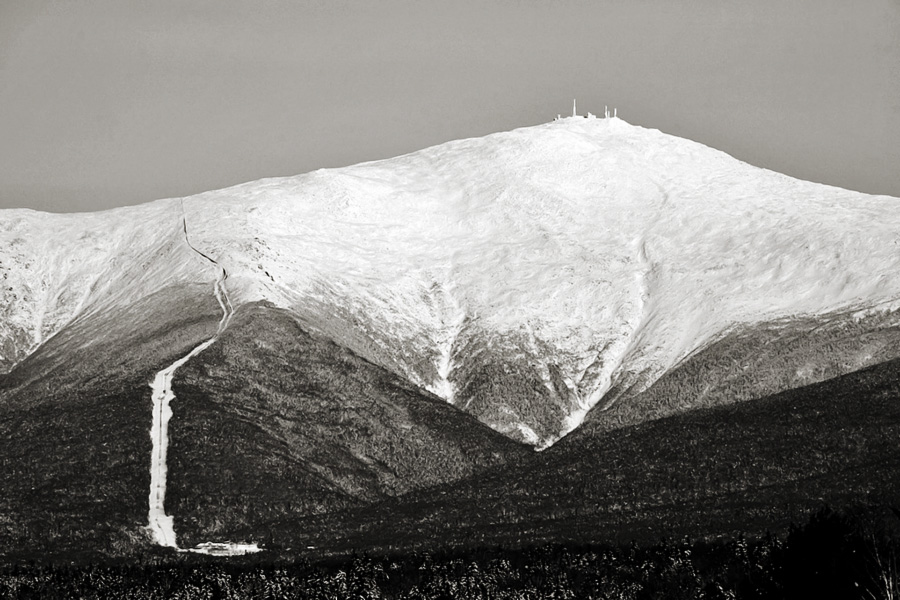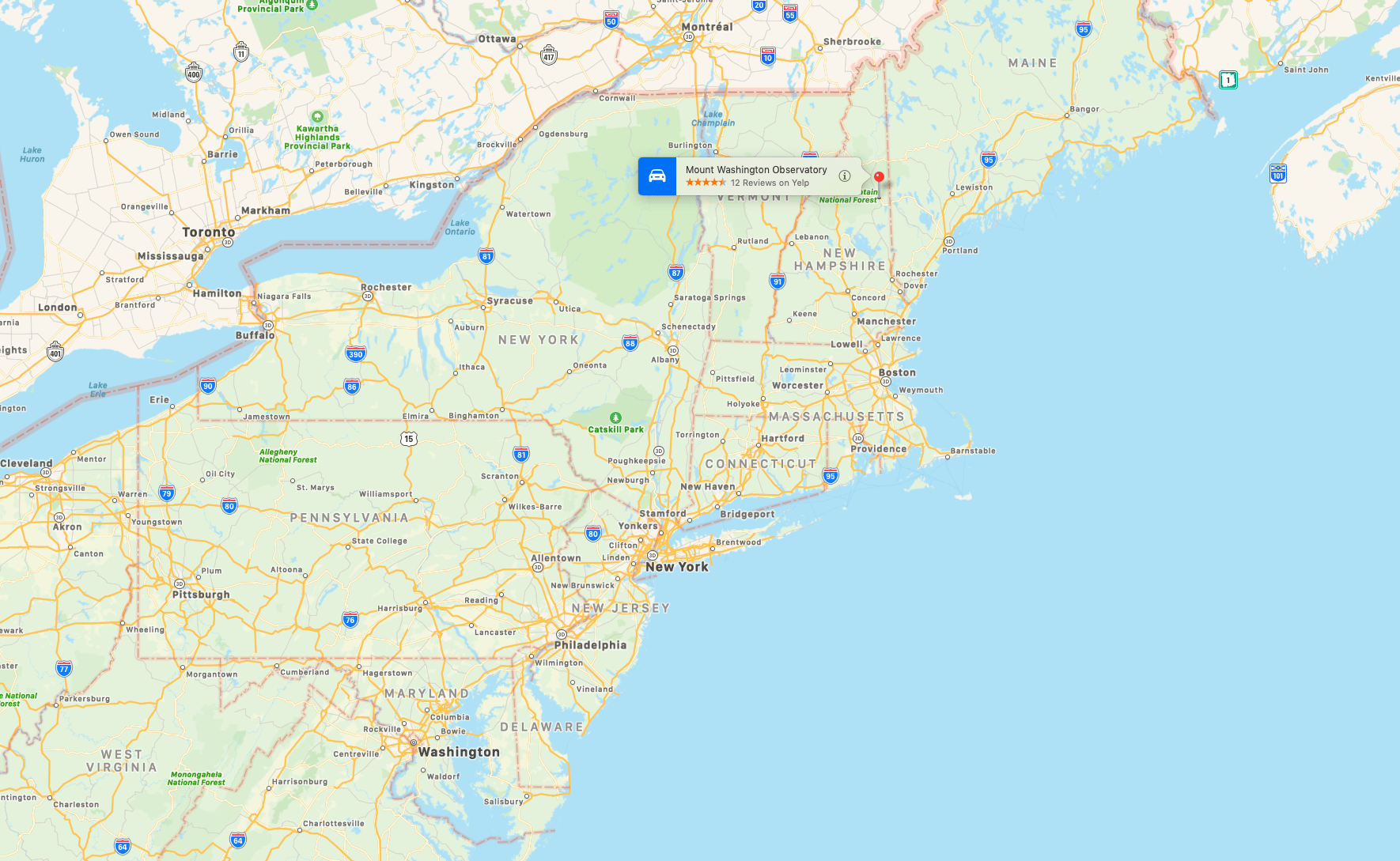
Earlier this week, the temperature at the summit of Mount Washington, NH, briefly dipped below freezing, resulting in the first icing event since June 23rd and the first snow flurries of the season.
During shift change today, a brief snow shower passed over the summit which was the first of the season! Of course everyone had to go outside to check it out! Our EMS gear and Oboz footwear kept us warm! Check our Higher Summits Forecast to know when the next snow showers may be. pic.twitter.com/u5EJND3K7n
— MWObservatory (@MWObs) September 29, 2021
While accumulations were light and brief, it is a reminder that winter weather can occur during any season on the summit and is a sign that more cold and ice is right around the corner.

Mount Washington has the second-fastest wind speed ever recorded on Earth and the fastest wind speed ever recorded by a human at 231 mph (372 kph). Many people may wonder how its weather could rival Antarctica, Mount Everest, or the Sahara Desert. It may seem odd that there could be a place that is so harsh in the heart of New England, but there are several factors that make for a perfect storm.

Mount Washington’s Averages and Extremes
- Fastest Wind Speed: 231 mph (372 kph)
- Avg. Annual Temperature: 27.3˚F (-2.6˚C)
- Record High Temperature: 72˚F (22.2˚C)
- Record Low Temperature: -47˚F (-43.9˚C)
- Average Precipitation: 96.87 in (246.05 cm)
- Record Precipitation: 130.14 in (330.6 cm)
- Average Snowfall: 281.2 in (514.25 cm)
- Record Snowfall: 566.4 in (1,438.66 cm)
Why is the weather there so extreme? North America has three major wind patterns that flow west to east. These three patterns all happen to converge over the White Mountains. Also, wind travels unimpeded for more than one thousand miles before it reaches the peak of Mount Washington at 6,288 ft (1,916.6 m). This extremely long fetch means that high winds are quite typical as the mountain is significantly taller than any surrounding peaks.
The second factor for wind also has to do with how tall the mountain is compared to its surroundings. The Presidential Range, of which Mount Washington is the highest peak, runs north/south. With Washington in the center of the range, all of the weather gets funneled up and over the summit. As the air flows over the summit, it gets pinched between the peak and the tropopause, which is the troposphere’s upper boundary. This is known as the Venturi effect. The simplest way of visualizing this effect is to think of it as putting your finger over the end of a garden hose and having the water speed up as it exits the hose.
Living at the summit, observers from the Mount Washington Observatory keep track of the extreme environment. They take hourly weather readings 24 hours a day, 365 days a year. With hourly data starting in 1932, the Observatory has some of the best weather records in the world. This data is crucial in understanding our changing climate and what we can expect in the future.
